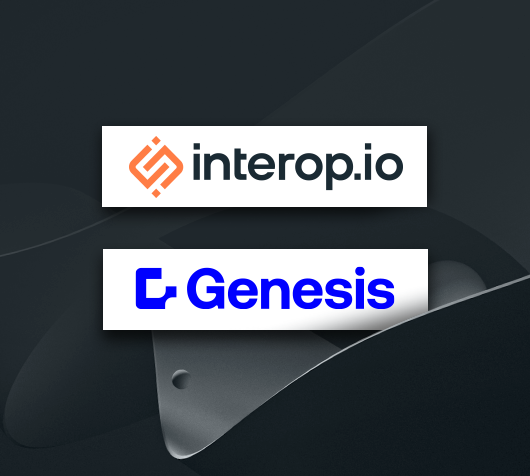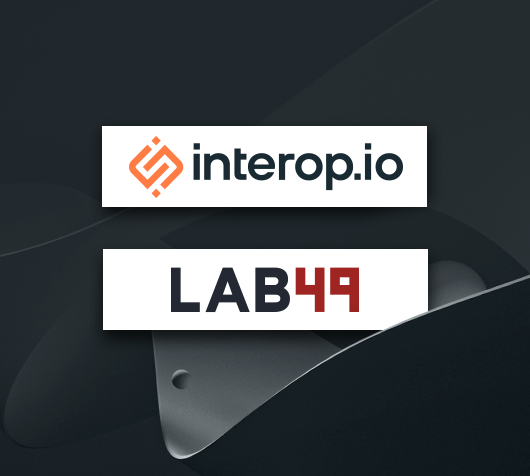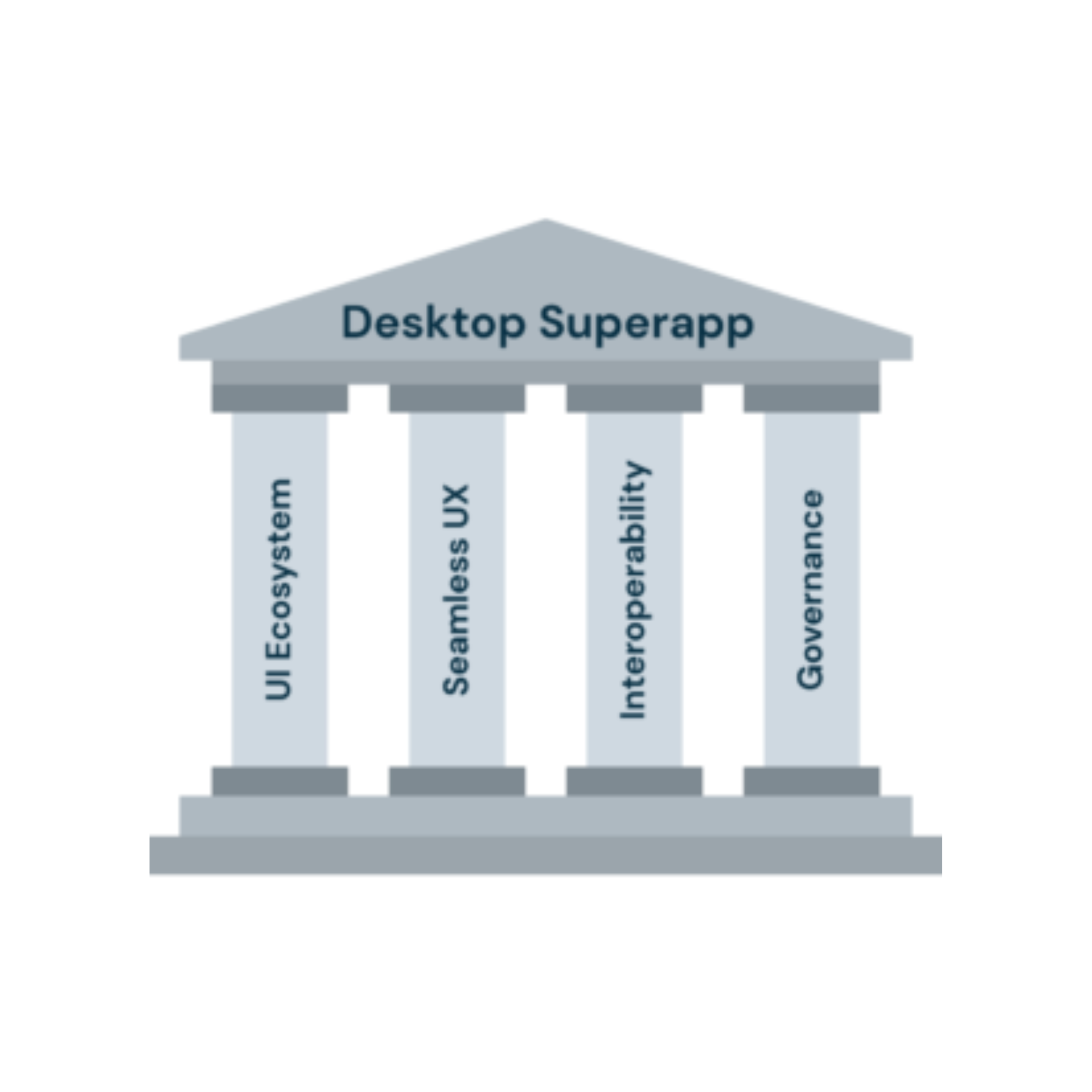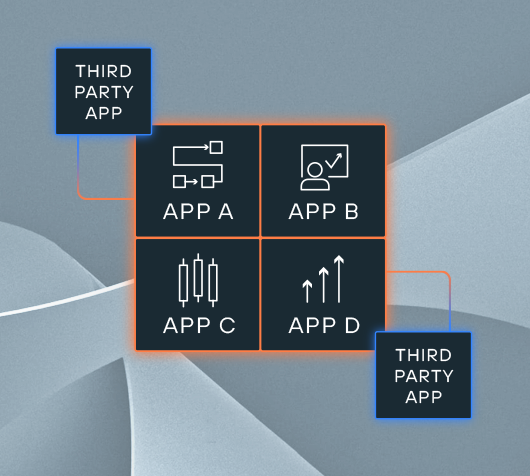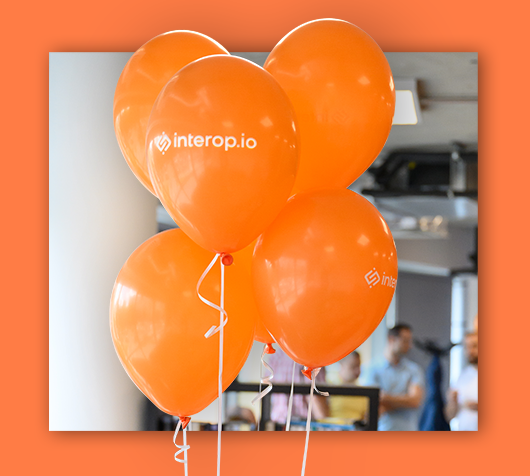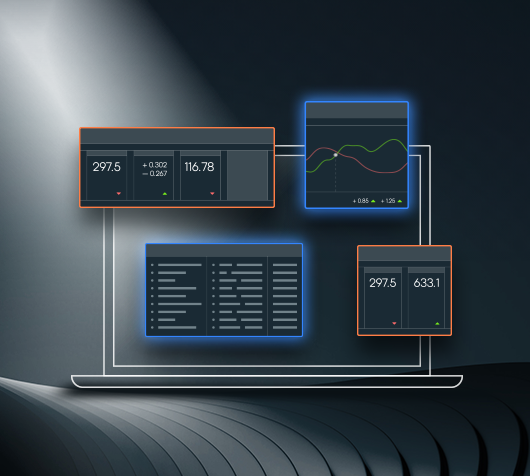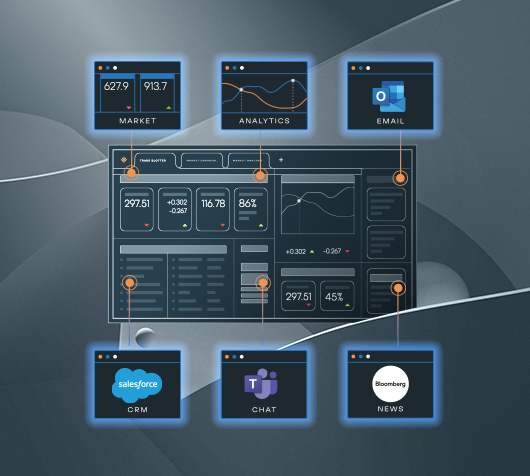interop.io Celebrates FINOS Gold Membership
interop.io
Latest News
Genesis Global and interop.io: A Partnership Driving Innovation in Financial Software
Lab49 and interop.io Announce Joint Implementation Partnership
Interoperability: Realizing the Full Potential of the Desktop Superapp Through Context Aware Applications
interop.io Tech Workshop – Enabling AI
The UI Ecosystem: Building Blocks of the Desktop Superapp
FlexTrade Demo – interop & FDC3 Workflows
The Desktop Interoperability Maturity Model for Software Vendors
interop.io Celebrates One Year of Growth and Success
Legacy Modernization in Capital Markets: Whitepaper Insights
Legacy Systems Modernization and the Path to Seamless Trading Experiences
The Smart Desktop: An Integrated Blend of Old and New

